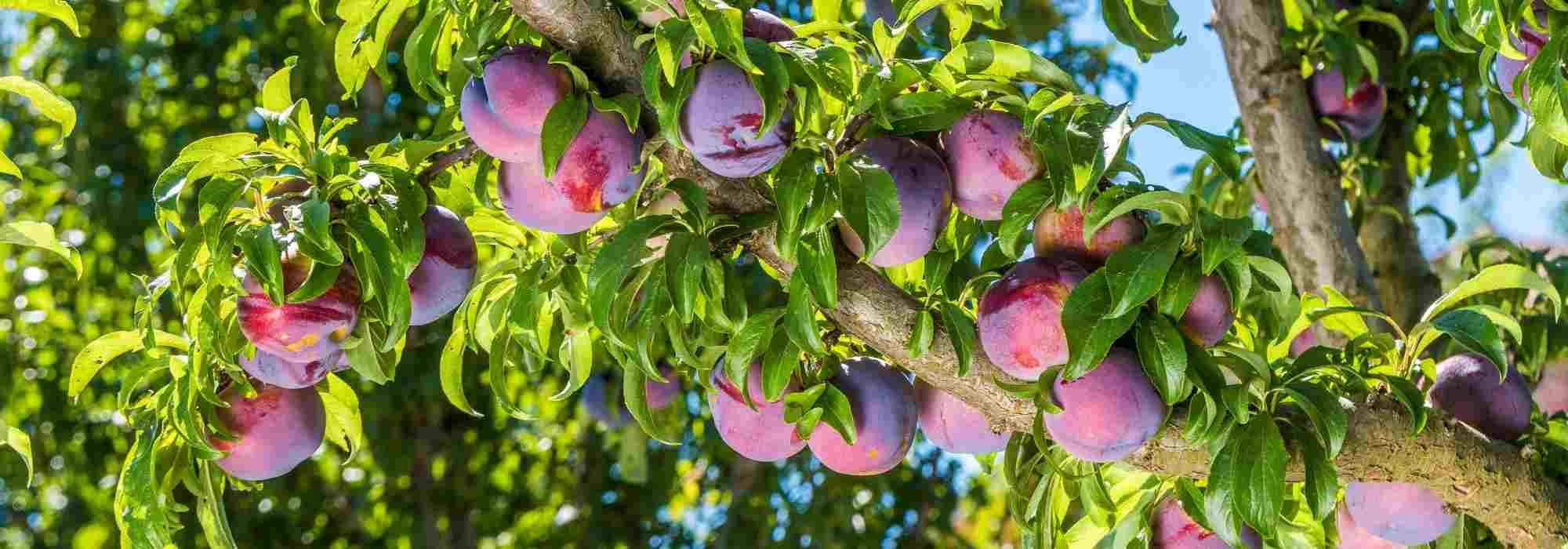
Which fruit trees and bushes to plant in clay soil?
A choice that is not as limited as it seems.
Contents
Some gardeners dread clay soils. These can indeed be somewhat challenging to manage: they retain too much water, especially in winter, and dry out too much in summer. However, a great number of plants thrive perfectly in this heavy and suffocating type of soil. This is true for several fruit trees and bushes such as apple trees, pear trees, and plum trees. But they are not the only ones: let’s discover them in this advice sheet!
Apple tree
Probably the most widely cultivated fruit tree in Europe, the apple tree (Malus domestica) is a reliable choice for clay soils. Apple trees offer a huge selection of varieties (regarding the apple itself), shapes (columnar, upright, spreading…) and vigour (from 1 m to over 10 m tall). In addition to providing us with fruit, the apple tree is a stunning tree in spring during its flowering. It also provides food and shelter for a variety of wildlife in the garden.
The apple tree is much more tolerant of lime and late frost than the pear tree. This fruit tree requires a sunny position and a consistent, clayey, rich, and cool soil, but well-drained.

Apple trees
→ Discover all our apple tree varieties in our online nursery.
→ To learn more about growing apple trees, find all of Eva’s tips.
The pear tree
Another timeless classic! The pear tree (Pyrus communis) can be found, like the apple tree, in almost every orchard in France and Belgium. There are numerous varieties: some, like ‘Conference‘, prefer the cool, damp North, while others, like ‘Alexandrine’, will thrive better in the South.
The beautiful flowering of pear trees, which occurs earlier than that of apple trees, can sometimes be devastated by a late spring frost. It is also worth noting that although the pear tree is self-fertile, the production of pears is always more abundant with cross-pollination. So, do not hesitate to plant several different varieties, but ensure they have the same flowering period.
The pear tree prefers rich, fresh, clayey soils that are well-drained. If your clay soil is too heavy and compact, choose a pear tree grafted onto quince. Pear trees grafted onto seedling rootstock (wild pear) are better suited for calcareous and drier soils.
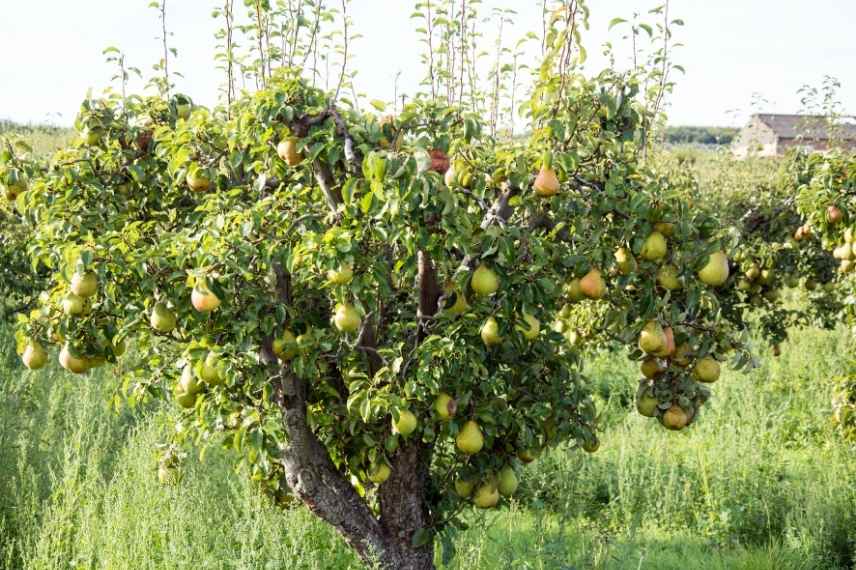
Pear tree
Discover other Fruit trees
View all →Available in 1 sizes
Available in 1 sizes
Available in 1 sizes
Available in 1 sizes
Available in 1 sizes
Available in 1 sizes

Available in 1 sizes
Available in 1 sizes
Available in 1 sizes
Available in 1 sizes
Nashi
Botanical cousin of the pear tree, the Nashi (Pyrus pyrifolia) is distinguished by its round fruits. The fruits are sometimes referred to as “apple-pears” because they resemble apples while tasting like pears. The Nashi ‘Shinseiki’ produces crunchy, white-fleshed, juicy nashis (which is both the name of the tree and the fruit) from mid-August. The ‘Shinsui’ variety produces yellower fruits around September.
Nashis thrive in sunny and sheltered locations. All types of soil, whether neutral, acidic, or slightly calcareous, are suitable as long as they are rich, clayey, cool, but well-drained.
Very hardy, this “Asian pear tree” with a slightly weeping habit can reach heights of 4 to 5 m and widths of 2 to 3 m at maturity. Nashis are self-fertile but produce more when planted alongside pear trees, such as a ‘William’s’ pear tree, and they are also good pollinators for pear trees. A fruit tree worth trying!

Nashi
Quince
The Quince Tree (Cydonia oblonga) is not only used as a rootstock; it is also a somewhat forgotten fruit tree. The quince tree produces quinces, which are large, golden-yellow pear-like fruits. These fruits are not eaten raw but can be made into compote, jelly, jam, or delicious quince paste. Even if you do not grow the quince tree for its fruits, it proves to be a lovely little ornamental tree thanks to its spring flowering and large, bright yellow fruits in autumn.
Trouble-free, hardy, and very easy to cultivate, the quince tree thrives in full sun in deep, rich, clayey, and cool soil, without too much lime.
Please note: Do not confuse the fruiting quince (Cydonia oblonga) with the Japanese Quince (Chaenomeles japonica), which is more suited for ornamental purposes due to its spring flowering.
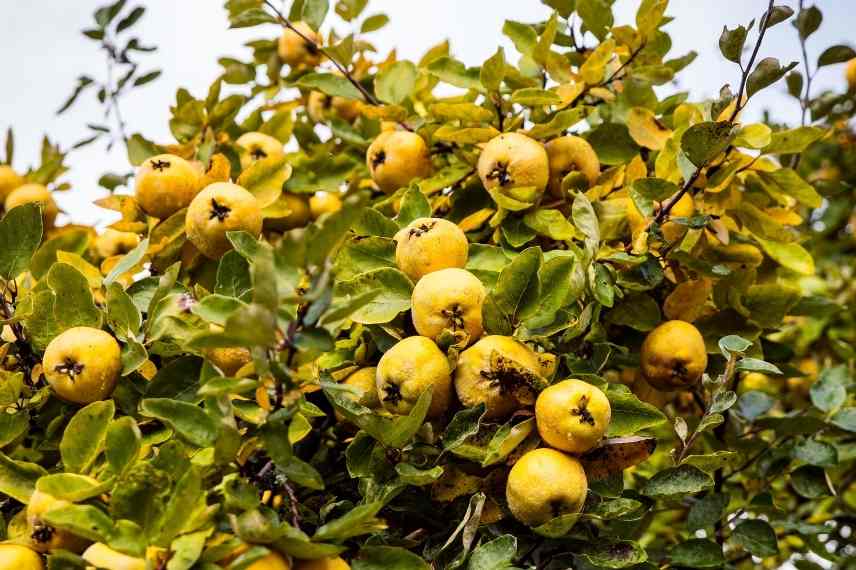
Quince Tree
→ If you would like to learn more about growing the quince tree, click here.
Plum tree
Plum trees (Prunus domestica) and mirabelle trees (Prunus domestica subsp. syriaca) thrive well in clay soil, particularly the plum trees producing damsons and those yielding mirabelles. Although there are smaller varieties (dwarf plum ‘Fruit Me Plum Me’), plum trees are generally small trees. The spring flowering with a multitude of small white flowers is absolutely delightful.
The damson (for example: Damson plum ‘Stanley’) is an elongated oval-shaped plum, purple or dark blue in colour. It is consumed fresh, in jam, or in tarts and cakes. The mirabelle (for example: Mirabelle plum ‘Ruby’) is small and round, yellow or orange in colour, sometimes tinged with red. It is enjoyed fresh, in tarts and cakes, and in the making of brandy.
The plum tree prefers well-sunny locations sheltered from strong winds that break branches. It is a vigorous tree that grows in all soils, with a preference for rich, deep, clayey, cool but well-drained soils, slightly acidic, without stagnant moisture or excessive lime.

Mirabelle tree
→ Virginie tells you everything about plum trees in her article Plum, Mirabelle: planting, pruning, harvest.
The hazel tree
Hazel trees, including the Common Hazel (Corylus avellana), are rarely mentioned among fruiting bushes. However, they do indeed produce dry fruits: hazelnuts. To achieve a good yield of large hazelnuts, it is essential to choose a variety selected for producing numerous quality fruits. This is the case with the ‘Webbs Prize Cobb’ Hazel which produces larger and more abundant fruits.
The hazel is also an interesting bush for its flowering in late winter or early spring with long pendulous aments and its sometimes purple foliage in certain varieties. This bush is well-suited for garden borders, creating a beautiful free-standing hedge.
Very hardy and incredibly easy to grow, the Common Hazel thrives in full sun or partial shade, in any type of soil, even clayey, as long as it is relatively well-drained and not too dry.

Hazel tree
→ If you wish to learn more about hazel trees, read Eva’s article.
Medlar
Whether you like medlar or not, the Common Medlar or German Medlar (Mespilus germanica) is indeed a fruit bush. It produces medlar, peculiar fruits that are consumed over-ripe in November, most often in compote or jam. Some Common Medlar varieties have been selected to produce larger fruits that reach ripeness earlier: this is the case with the ‘Monstrueuse d’Evreinoff’ Medlar.
The Common Medlar is very undemanding regarding soil type, which is why it features in this selection: clay-loamy soil, not too calcareous and relatively well-drained suits it well. It is also very hardy and enjoys sun or partial shade. However, protect your medlar from strong winds that can damage the spring flowering and thus ruin fruiting.
Don’t confuse! The Common Medlar, which is deciduous, is typically grown in the North (although it can be found spontaneously as far as the Mediterranean) in relatively moist soils, while the Japanese Medlar (Eryobotrya japonica), which is evergreen, is more tender and copes well with drought. In summary: in the North of the Loire, you would opt for the Common Medlar, while in the South, you would prefer the Japanese Medlar.
 Common Medlar
Common Medlar
→ Planting, caring for, and harvesting medlar is easy with Pascale’s tips.
- Subscribe!
- Contents
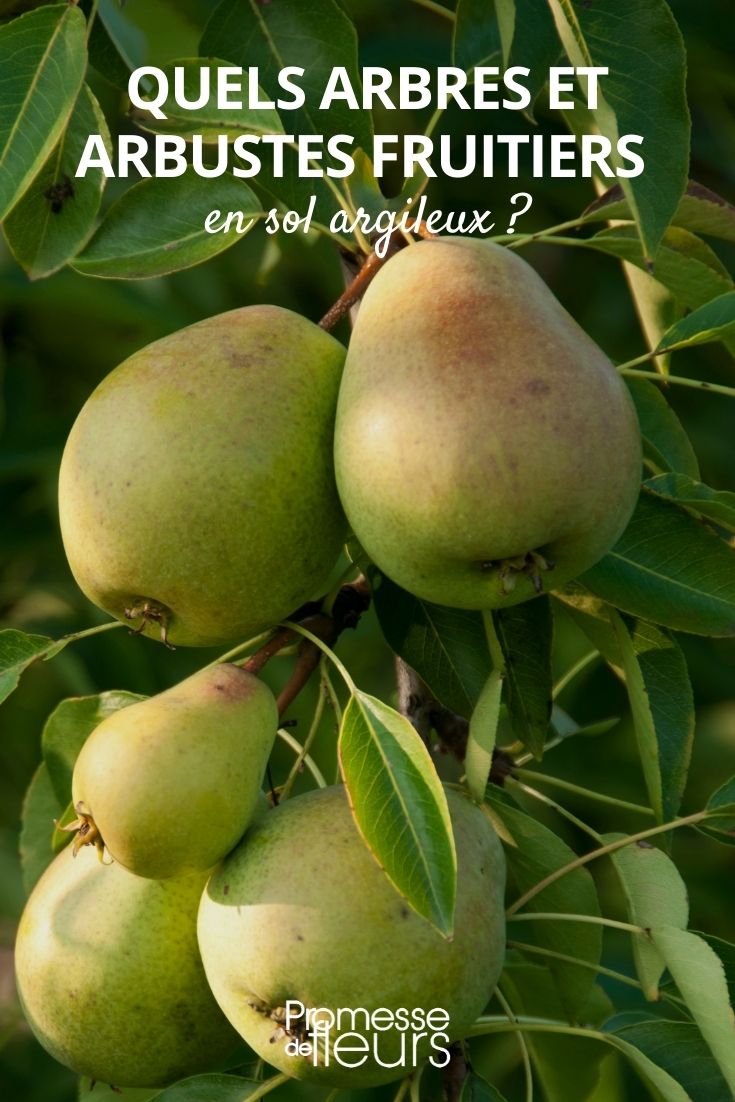































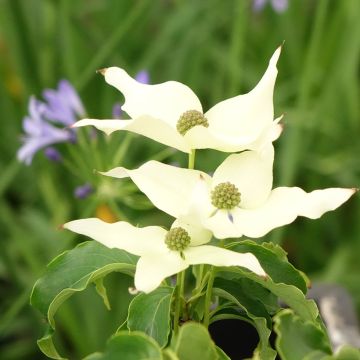
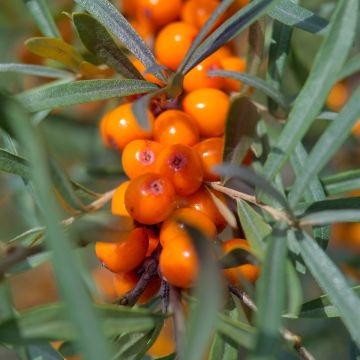
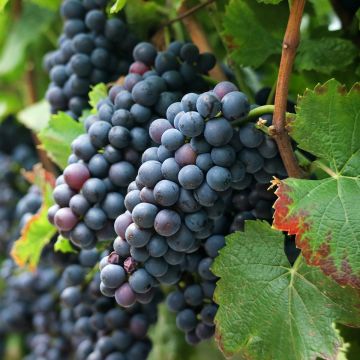
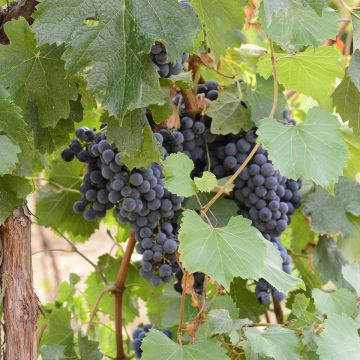
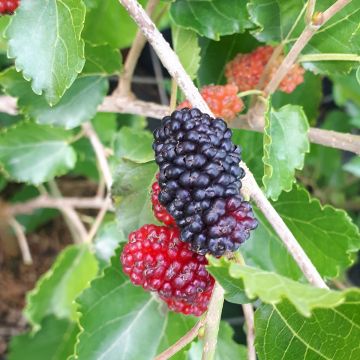

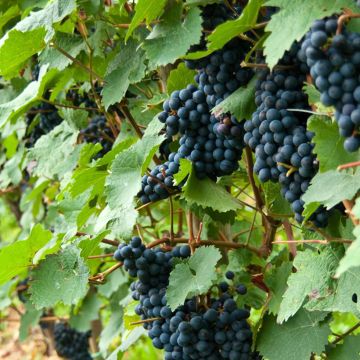
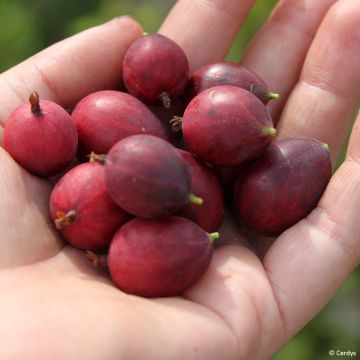

Comments